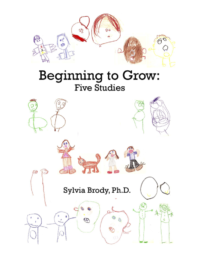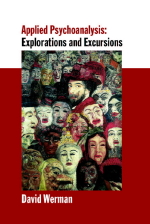Boundaries, Boundary Crossings, and Boundary Violations edited by Howard B. Levine
$35.00
From the editor Howard B. Levine’s introduction:
From its start, psychoanalysis has been enmeshed in the uncertainties and problematics of boundaries, boundary crossings and boundary violations. From a socio-cultural perspective, the very introduction of psychoanalysis as a theory and therapeutic practice, one that attempts to uncover truths that we all try so hard to hide from ourselves and that speaks openly about and calls attention to sexuality, especially infantile sexuality, can be seen as crossing a line of ‘propriety’ marked by denial that had existed in upper middle class, bourgeois society and the Viennese medical establishment of Freud’s time. Despite the changes brought about by the sexual revolution in the West, I would insist that we are still a culture prone to the avoidance of truth, deeply and habitually steeped in the practice of denial. Add to that the possibilities—often the inevitability—of transference love (Freud 1915) and the impulses to action mobilized by the treatment in both analyst and patient (Freud 1914) coupled with the many instances of analyst-patient romantic involvement that entangled so many of the early pioneers and have continued to confound our profession through the years and it is difficult not to wonder if psychoanalysis isn’t inherently tied to the mobilization of something transgressive that exists within us all.
Unfortunately, the list of prominent analysts, leaders of our field, that have been involved in boundary problems has been far too long and disheartening. There are great opportunities in the potential therapeutic gains of analysis to change lives and alleviate suffering, but also terrible risks
In assembling this issue, I attempted to go beyond the more obvious and immediate problem of sexual boundary violations and to include a wide international cast of authors. I gave each author contacted carte blanche to write about boundaries, boundary crossings, boundary violations and their vicissitudes in the clinical or educational situation, in our institutions and organizations and in the culture at large. I thought that the latter might especially strike European and Latin American colleagues as relevant, given the recent problems of mass migration and cultural immigration/diversity.
In stock




